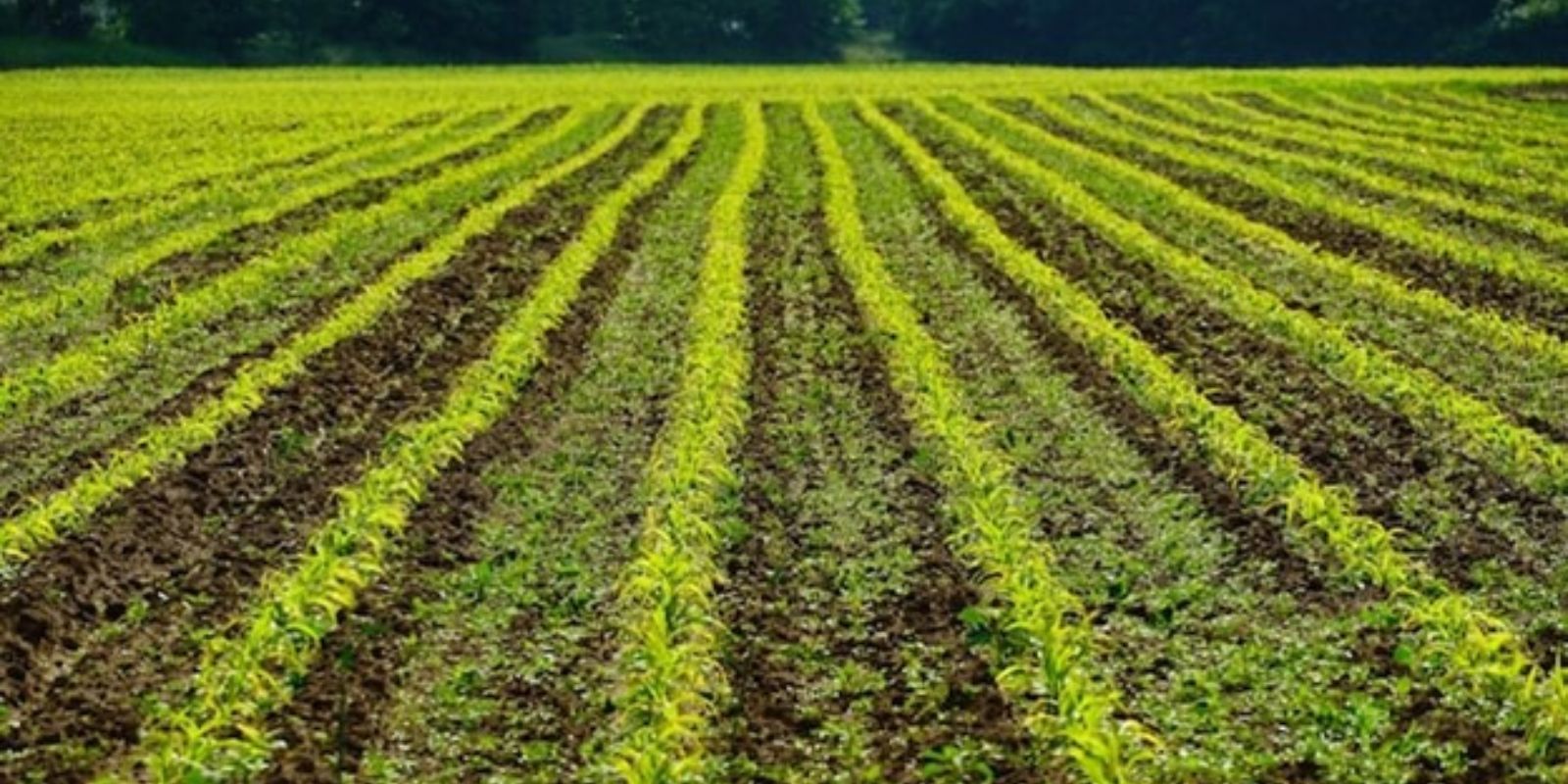Cover crops are a cornerstone of sustainable gardening and agriculture, offering a range of benefits that contribute to the health and productivity of your soil. These plants, grown not for harvest but to cover the soil, play a crucial role in maintaining and enhancing soil quality. This article delves into the multifaceted benefits of cover crops, how to select and manage them, and their impact on your garden’s ecosystem.
What Are Cover Crops?
Cover crops are plants grown primarily to improve soil health and manage soil erosion. They are not intended for harvesting but are instead used to provide ground cover, which can have numerous benefits. These crops can be grown during the off-season or as part of a regular rotation. Common cover crops include legumes (like clover and peas), grasses (such as rye and barley), and brassicas (like mustard and radish).
Benefits of Cover Crops
- Improving Soil Structure and Fertility Cover crops contribute significantly to soil health by improving soil structure and fertility. Plants such as clover and alfalfa fix nitrogen from the air into the soil, which is essential for plant growth. When cover crops decompose, they add organic matter to the soil, enhancing its structure and increasing its ability to hold water and nutrients. This organic matter helps to create a crumbly soil texture that promotes root growth and reduces compaction.
- Erosion Control One of the primary benefits of cover crops is their ability to prevent soil erosion. The roots of cover crops help to bind the soil together, reducing the risk of erosion caused by wind and water. This is particularly important for garden beds and fields that are left bare during the off-season, as exposed soil is more vulnerable to erosion.
- Weed Suppression Cover crops act as a natural weed suppressant by shading the soil and outcompeting weeds for light and resources. By keeping the soil covered, cover crops prevent weed seeds from germinating and growing. This reduces the need for chemical herbicides and mechanical weeding, making your garden more sustainable and less labor-intensive.
- Moisture Retention Cover crops help to retain soil moisture by reducing evaporation. The canopy of leaves from cover crops shades the soil, which prevents it from drying out too quickly. Additionally, the organic matter from decomposed cover crops improves the soil’s water-holding capacity, ensuring that your plants have access to water for longer periods.
- Pest and Disease Management Some cover crops can help manage pests and diseases. For example, certain cover crops can attract beneficial insects that prey on harmful pests. Additionally, cover crops can help break the life cycles of soil-borne diseases by disrupting their habitat. Brassicas, like mustards, can act as biofumigants, releasing compounds that suppress soil pathogens.
How to Choose the Right Cover Crop
Selecting the appropriate cover crop depends on your garden’s specific needs and goals. Here are some factors to consider:
- Purpose: Determine the primary goal for your cover crop—whether it’s improving soil fertility, controlling erosion, suppressing weeds, or managing pests. For nitrogen fixation, legumes are ideal. For erosion control, grasses are effective.
- Climate: Choose cover crops that are suited to your local climate. Some cover crops are better adapted to cold weather, while others thrive in warmer conditions.
- Growing Season: Consider when you will be planting and incorporating the cover crop. Some cover crops are best planted in the fall, while others can be sown in spring or summer.
- Soil Type: Select cover crops that are compatible with your soil type. For example, deep-rooted plants like radishes can help break up compacted soil, while shallow-rooted species like clover are better for improving surface soil.
How to Plant and Manage Cover Crops
- Planting Timing The timing of planting cover crops depends on the type of crop and your garden’s needs. In general, cover crops are sown in late summer or early fall, allowing them to establish before winter. Some cover crops can also be planted in spring or summer, depending on their growth cycle and your climate.
- Planting Method You can plant cover crops by broadcasting seeds over the soil and lightly incorporating them with a rake or tiller. Alternatively, you can use a seed drill for more precise planting. Ensure that the seeds are evenly distributed for consistent coverage.
- Maintenance Cover crops require minimal maintenance. Ensure that they have adequate water to establish themselves. Monitor their growth and manage any potential pests or diseases. If you are using a winter cover crop, be prepared to manage it during colder months.
- Incorporating Cover Crops Before planting your main crops, incorporate the cover crop into the soil. This can be done by cutting down the plants and tilling them into the soil, or by using a technique called “crimping” to break up the cover crop without tilling. Allow the cover crop to decompose in the soil, which will enhance soil fertility and structure.
Impact on Garden Ecosystem
Integrating cover crops into your gardening routine has a profound impact on the overall ecosystem of your garden. By improving soil health, reducing erosion, and suppressing weeds, cover crops contribute to a more balanced and resilient garden environment. The benefits extend beyond the garden, promoting sustainability and reducing the need for synthetic inputs.
Conclusion
Cover crops are a valuable addition to any garden or agricultural system. They offer numerous benefits, from improving soil health and fertility to controlling erosion and managing pests. By understanding how to select and manage cover crops effectively, you can enhance the productivity and sustainability of your garden. Embrace the power of cover crops and watch your garden thrive with increased vitality and resilience.
Title: “The Power of Cover Crops: Boosting Soil Health and Garden Productivity”

